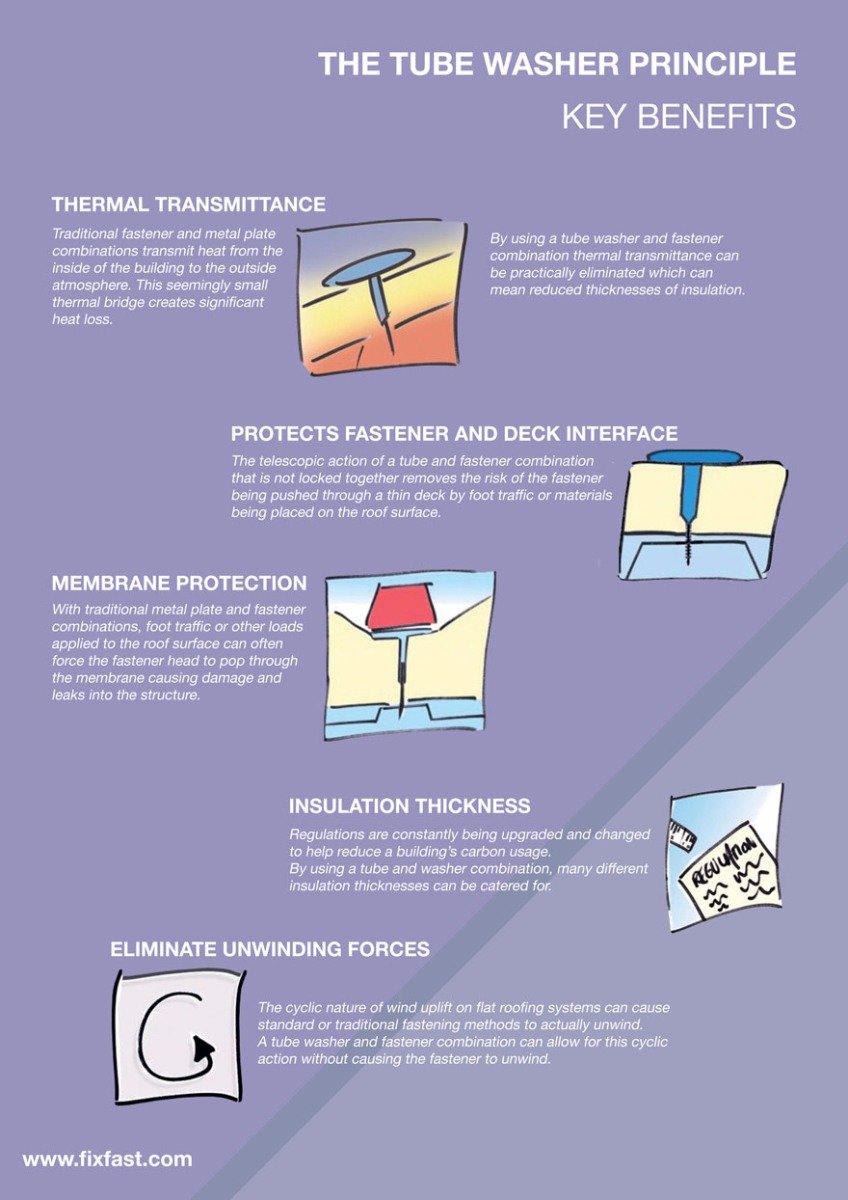Discover The Complex World Of Photovoltaic Panel Technology And Learn About The Process Of Converting Sunlight Into Electrical Power
Discover The Complex World Of Photovoltaic Panel Technology And Learn About The Process Of Converting Sunlight Into Electrical Power
Blog Article
Material Produce By-Vittrup Enevoldsen
So, you've read about solar panels and their prospective to create electrical energy from sunlight, yet exactly how precisely do they work? Recognizing the complex technology behind solar panels can be a remarkable trip right into the globe of renewable resource. From the standard principles of solar batteries to the detailed elements that make up a photovoltaic panel system, there's a whole realm of understanding waiting to be checked out. Let's decipher the enigmas of solar panel modern technology with each other.
Photovoltaic Panel Technology Principles
To really comprehend the significance of solar panel modern technology, you have to delve into the essential concepts that underpin its performance. Recommended Web page include photovoltaic cells, usually made from silicon, which have the impressive ability to convert sunlight into electrical energy via the photovoltaic impact. When sunlight strikes the cells, the photons in the light interact with the silicon atoms, creating the electrons to break without their atomic bonds. This develops an electric current that can then be taken advantage of for powering numerous tools.
The key element of solar panels is the semiconductors within the solar batteries, which assist in the conversion of sunlight right into usable electricity. These semiconductors have both positive and unfavorable layers, producing an electrical field that allows for the flow of electrons.
This flow of electrons, when attached in a circuit, generates direct present (DC) electricity. Comprehending these fundamental concepts is vital for valuing how solar panels can harness the sun's power to power homes, services, and also satellites in space.
Just How Solar Panels Generate Power
Solar panels harness the sunlight's energy by converting sunlight into electrical power with a process called the solar result. When sunshine strikes the photovoltaic panels, the photons (light bits) are taken in by the semiconducting materials within the panels, typically made of silicon. This absorption produces an electrical current as the photons knock electrons loose from the atoms within the product.
The electric fields within the solar cells then force these electrons to flow in a particular direction, creating a straight existing (DC) of power. This direct current is after that passed through an inverter, which converts it into alternating existing (AIR CONDITIONING) electricity that can be utilized to power your home or company.
Excess power created by the photovoltaic panels can be stored in batteries for later use or fed back into the grid for credit rating via a process called net metering. Understanding how solar power specialists generate electricity is crucial to valuing the environmental and cost-saving benefits of solar power systems.
Understanding Solar Panel Components
One critical element of solar panel technology is understanding the various parts that comprise a solar panel system.
The essential elements of a solar panel system consist of the photovoltaic panels themselves, which are comprised of solar batteries that convert sunshine right into electricity. These panels are mounted on a framework, typically a roofing system, to capture sunlight.
In addition to the panels, there are inverters that transform the direct existing (DC) electrical power created by the panels right into alternating present (AIR CONDITIONING) electrical power that can be made use of in homes or services.
The system also includes racking to sustain and position the photovoltaic panels for optimal sunshine direct exposure. Moreover, cables and ports are crucial for moving the power produced by the panels to the electric system of a structure.
Last but not least, a surveillance system might be included to track the performance of the photovoltaic panel system and ensure it's working efficiently. Understanding these elements is vital for any person looking to set up or make use of photovoltaic panel innovation properly.
Verdict
Since you understand the fundamentals of photovoltaic panel innovation and exactly how it works, you can value the power of utilizing sunlight to produce clean and renewable energy for your building. By making use of the solar impact and elements like inverters and checking systems, you can add to an extra lasting future while additionally possibly saving money on energy expenses. Keep learning and checking out the opportunities of solar power for a greener tomorrow.
